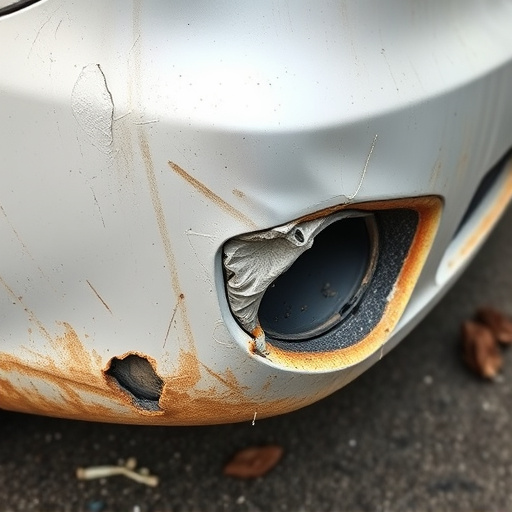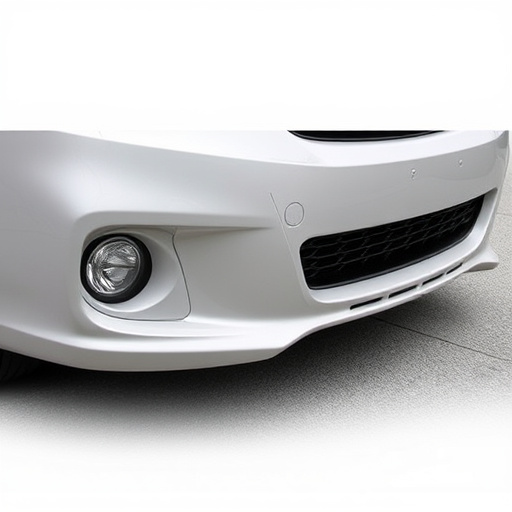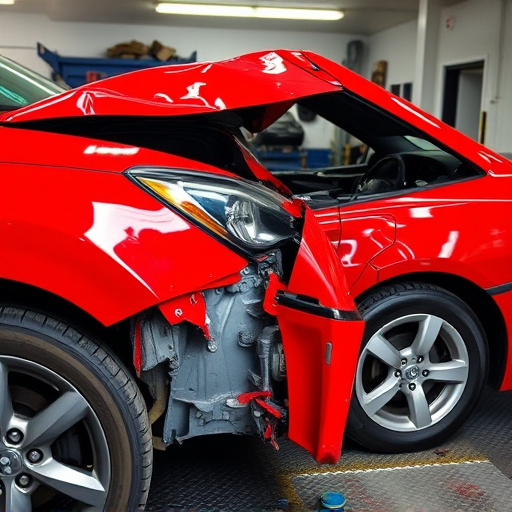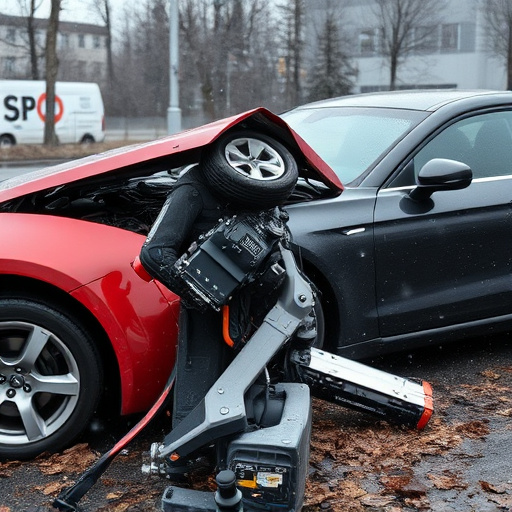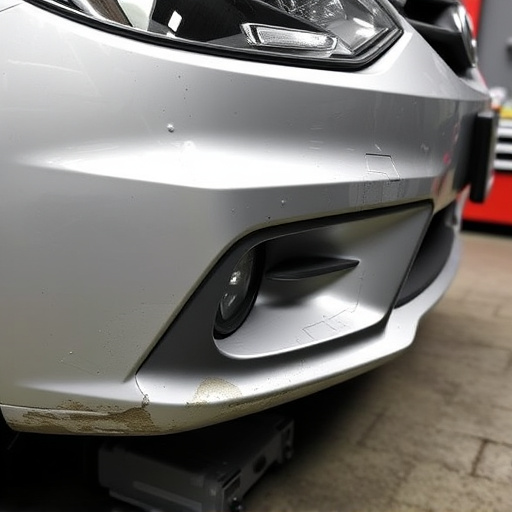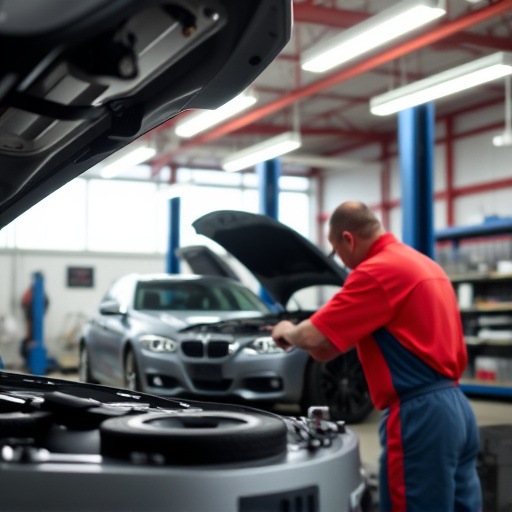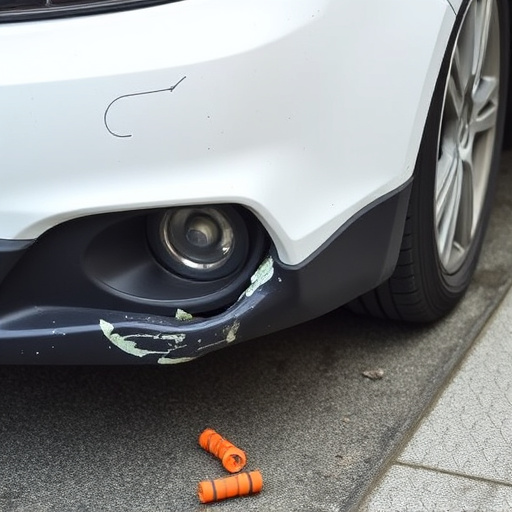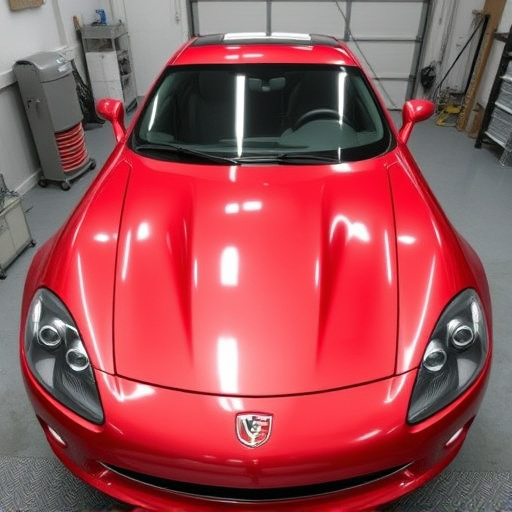Tesla bumper sensors, crucial for 360° obstacle detection, include ultrasonic waves/cameras for real-time data transmission to emergency braking and cruise control systems. Regular inspections are vital for maintaining performance. Early signs of malfunction include unusual beeping or flashing lights during reverse or park assist. Visual damage checks and prompt repairs by automotive experts recommended. Troubleshooting involves debris obstruction checks, cleaning minor issues, diagnostic tools for power/signal checks, and professional assistance for complex cases. Regular maintenance ensures safety features and aesthetic appeal.
“Unsure about diagnosing Tesla bumper sensor repair issues? This guide is your go-to resource. Tesla’s advanced safety features rely on well-functioning bumper sensors, which detect obstacles and assist in collision avoidance. Understanding their role and common malfunction signs is crucial for prompt repairs. We’ll walk you through the process, from recognizing symptoms like intermittent beeps or sensor lights to practical troubleshooting tips and even DIY repair methods for simple cases. By the end, you’ll be equipped to address Tesla bumper sensor problems effectively.”
- Understanding Tesla Bumper Sensor Functions
- Common Signs of Sensor Malfunction
- Troubleshooting and Repairing Bumper Sensors
Understanding Tesla Bumper Sensor Functions
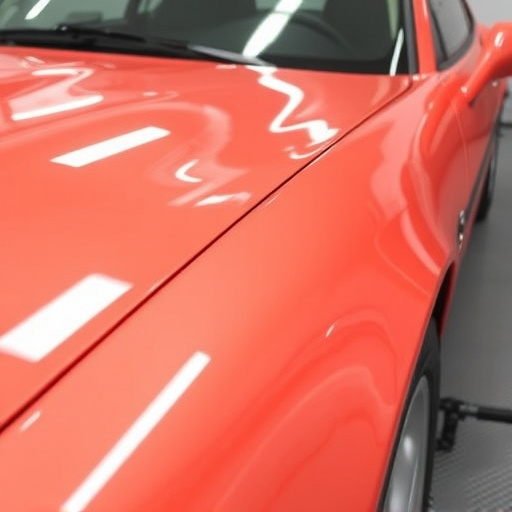
The Tesla bumper sensors are an essential part of your car’s safety system, designed to detect potential obstacles and assist in collision avoidance or mitigation. These advanced sensors are strategically placed around the vehicle, especially on the front and rear bumpers, to provide a 360-degree view of nearby objects. When functioning correctly, they send real-time data to the car’s computer, enabling features like automatic emergency braking, lane departure warning, and adaptive cruise control.
Understanding how these sensors work is crucial for identifying potential issues that may require Tesla bumper sensor repair. Each sensor is typically composed of a transmitter and receiver, using technologies like ultrasonic waves or cameras to scan for obstacles. Over time, factors such as exposure to the elements, road debris, or minor collisions can impact their performance. Regular inspection and maintenance are key to ensuring these safety features remain reliable, especially in luxury vehicle repair cases where precision and integrity are paramount.
Common Signs of Sensor Malfunction

If your Tesla is experiencing issues with its bumper sensors, it’s important to recognize the common signs of sensor malfunction early on. One of the primary indicators is an unusual beeping sound or a flashing warning light when you activate your vehicle’s reverse or park assist features. This suggests that the sensors are detecting obstructions or potential collisions and alerting the driver accordingly.
Additionally, if you notice that your Tesla’s reverse camera or park sensors are not functioning as they should, it could point to a problem with the sensor calibration or physical damage to the sensors themselves. Visually inspecting the bumper for any visible cracks, dents, or loose components is also crucial. Over time, these sensors can become damaged due to collisions, road debris, or even minor bumps during parking, leading to inaccurate readings and potential safety hazards. Automotive body work experts recommend regular checks and prompt repair for Tesla bumper sensor issues to ensure optimal vehicle performance and safety.
Troubleshooting and Repairing Bumper Sensors

When it comes to troubleshooting and repairing Tesla bumper sensors, understanding the issue at hand is key. Start by inspecting the sensor for any visible damage or debris that might be obstructing its view. Often, a simple clean will resolve minor issues where dirt or dust has accumulated. If the sensor appears intact but still malfunctions, use diagnostic tools to check for power and signal issues. Tesla provides dedicated apps and software that can help you identify problems within the vehicle’s sensors.
For more complex cases, such as damaged or faulty sensors, consider seeking professional assistance from reputable vehicle repair services. These experts have the necessary tools and expertise to diagnose and fix the problem effectively. Remember, proper maintenance and timely repairs are crucial to ensure your Tesla’s safety features function optimally. Efficient car dent repair or car scratch repair services can also contribute to maintaining your vehicle’s aesthetic appeal and overall performance.
Diagnosing and repairing Tesla bumper sensors is a crucial step in maintaining your vehicle’s safety features. By understanding the functions of these sensors, recognizing common signs of malfunction, and following systematic troubleshooting procedures, you can effectively address issues before they escalate. Whether it’s a simple calibration or a more complex repair, being proactive with your Tesla bumper sensor maintenance ensures optimal performance, enhancing both driving experience and road safety. For any Tesla bumper sensor repair considerations, consult specialized resources or professionals for accurate and reliable solutions.
